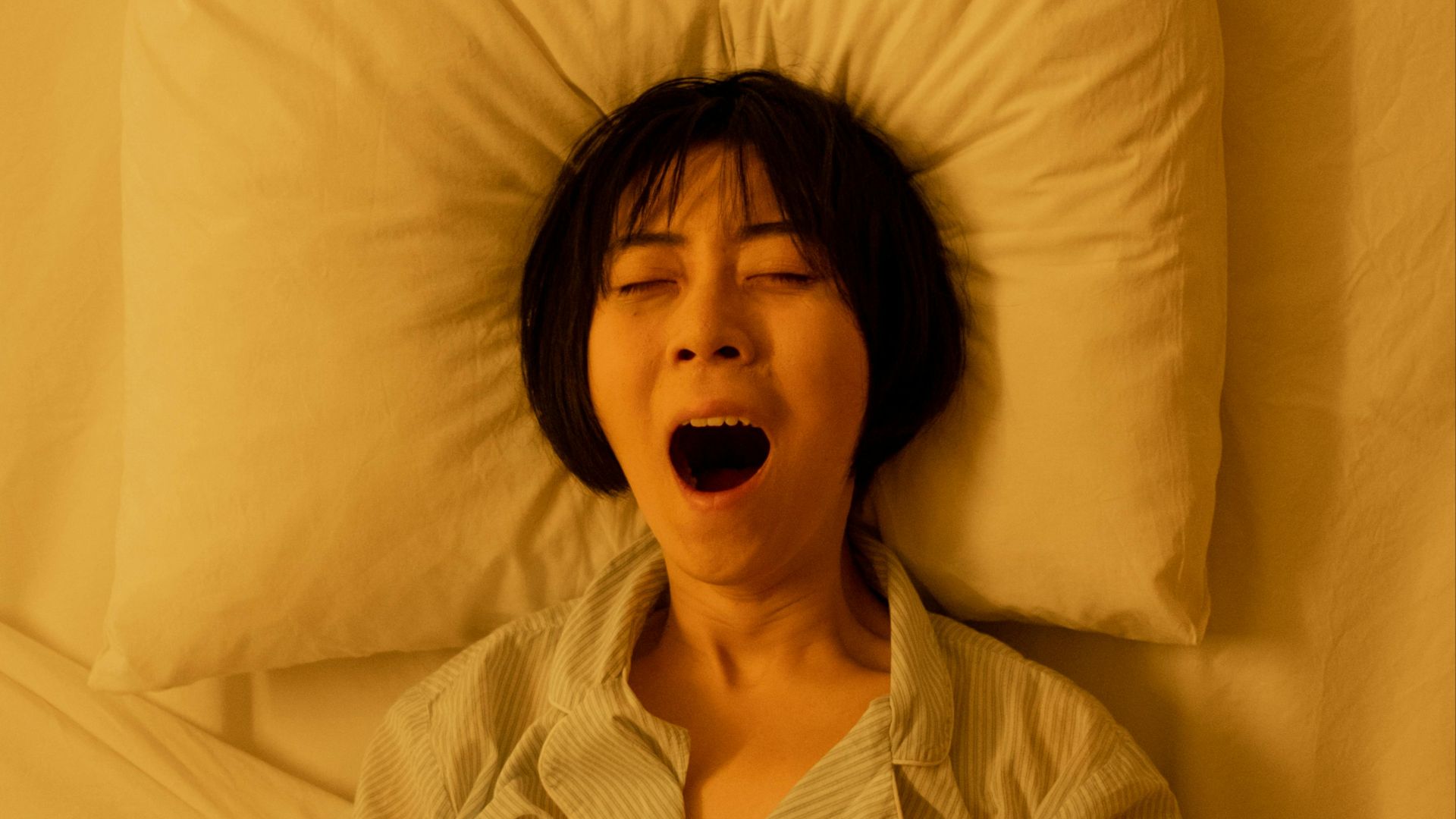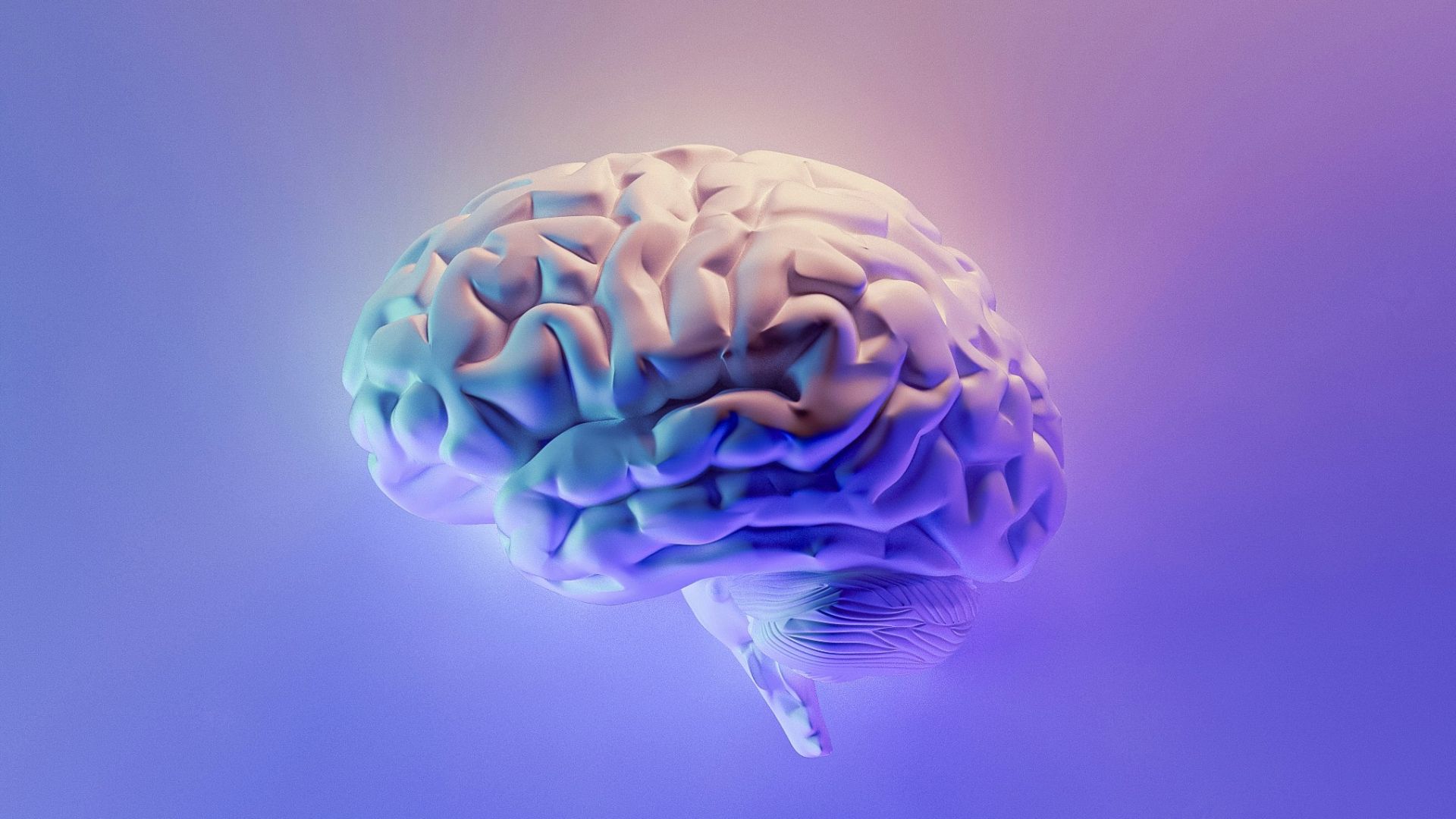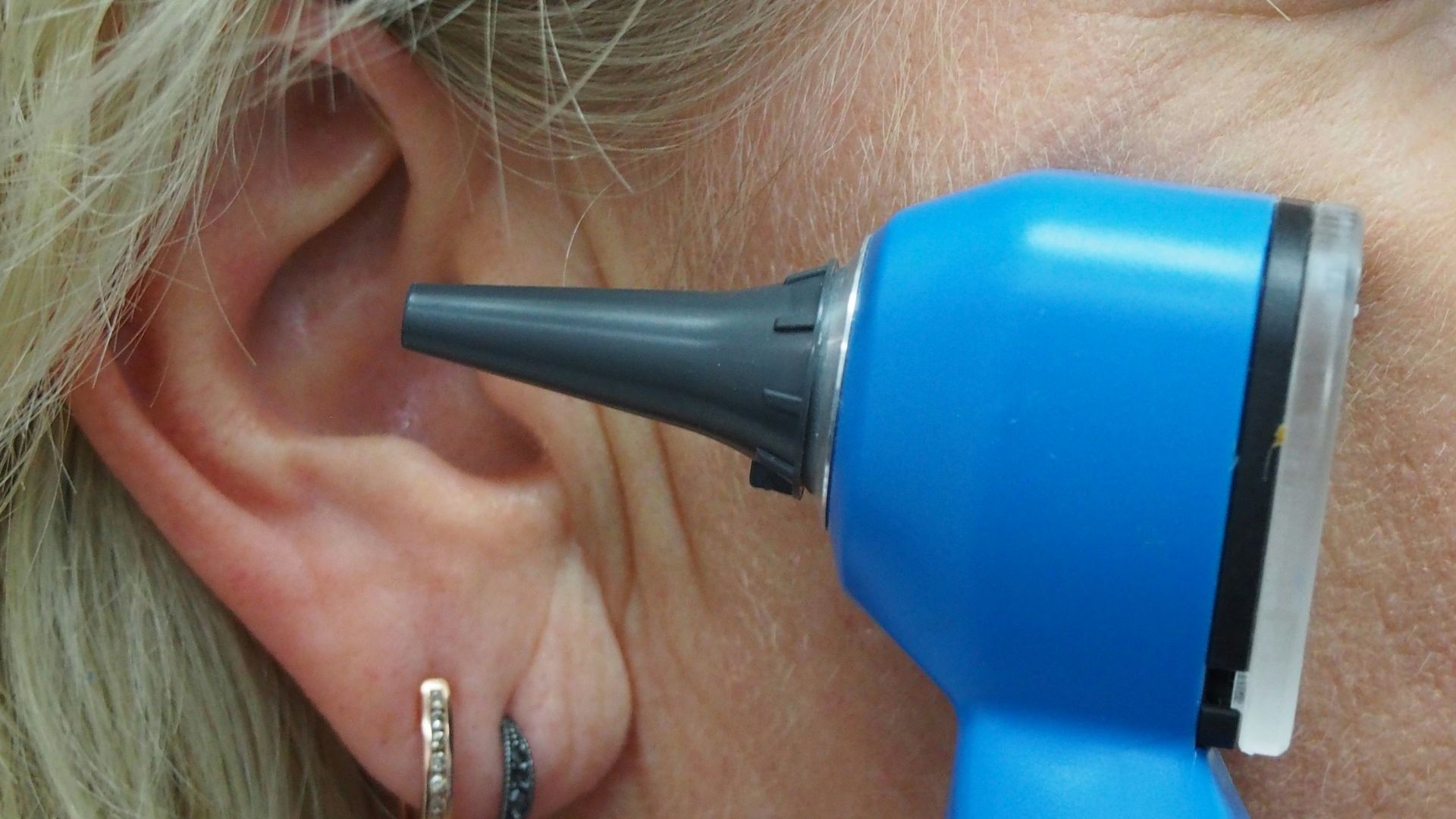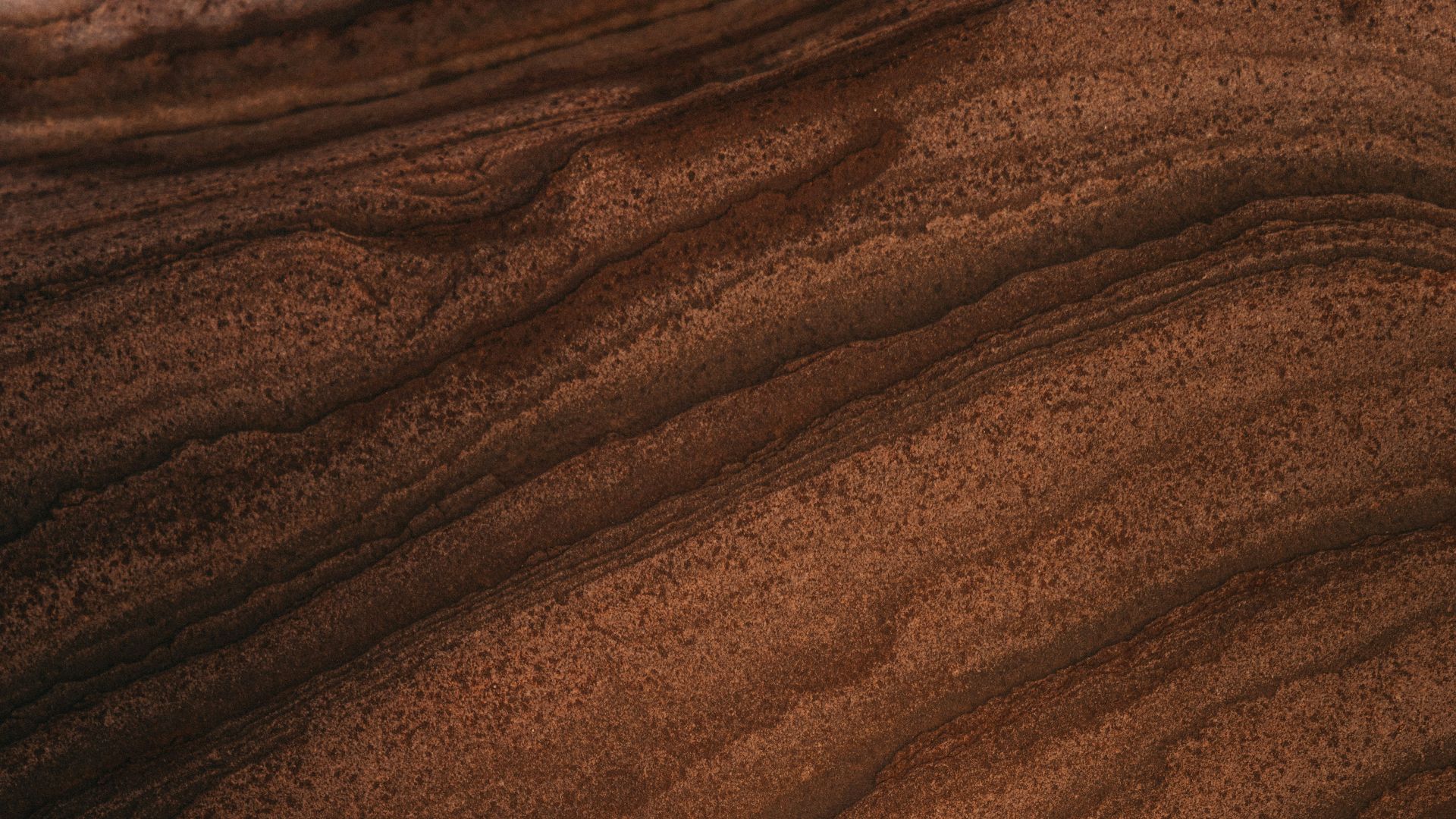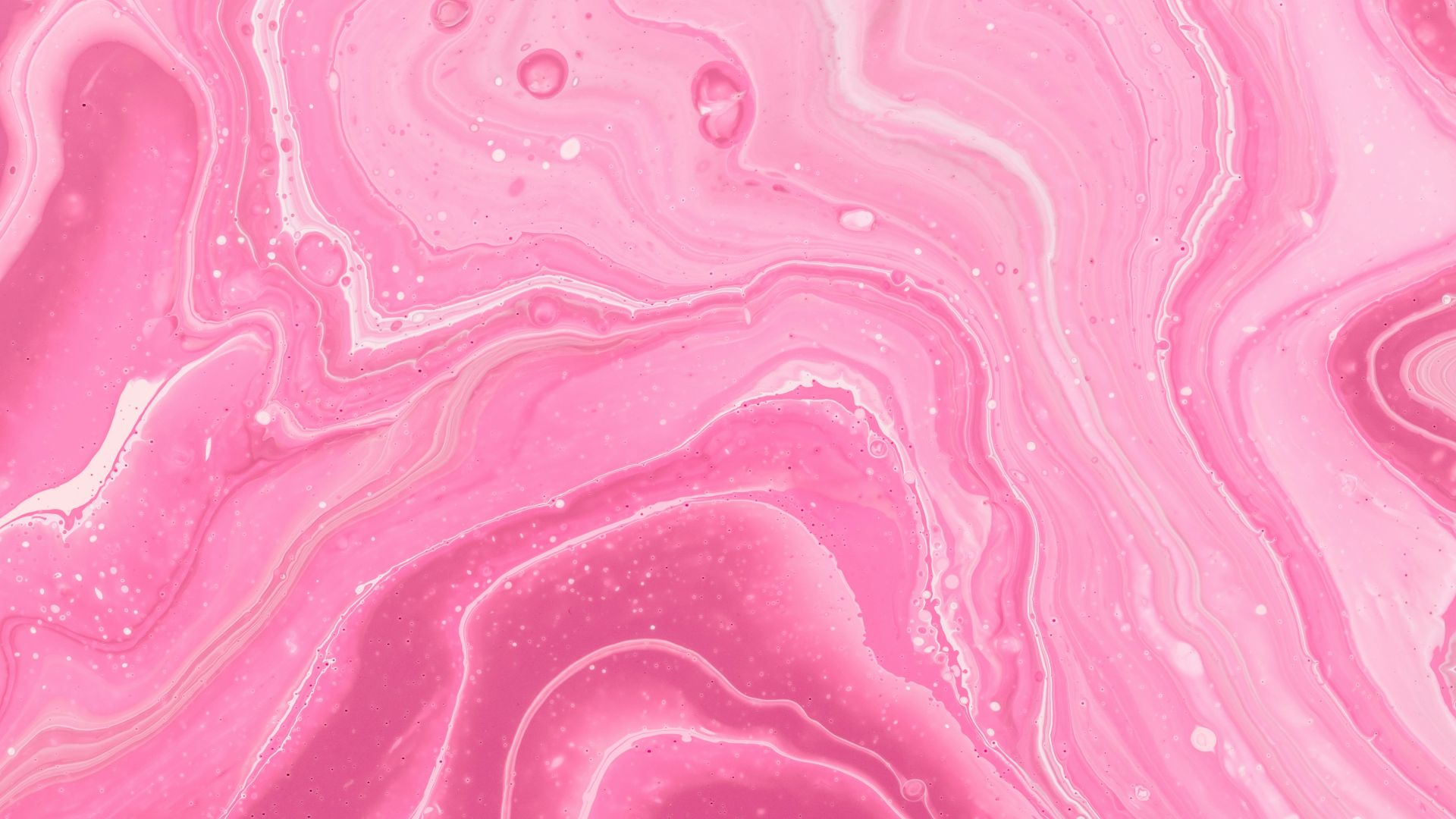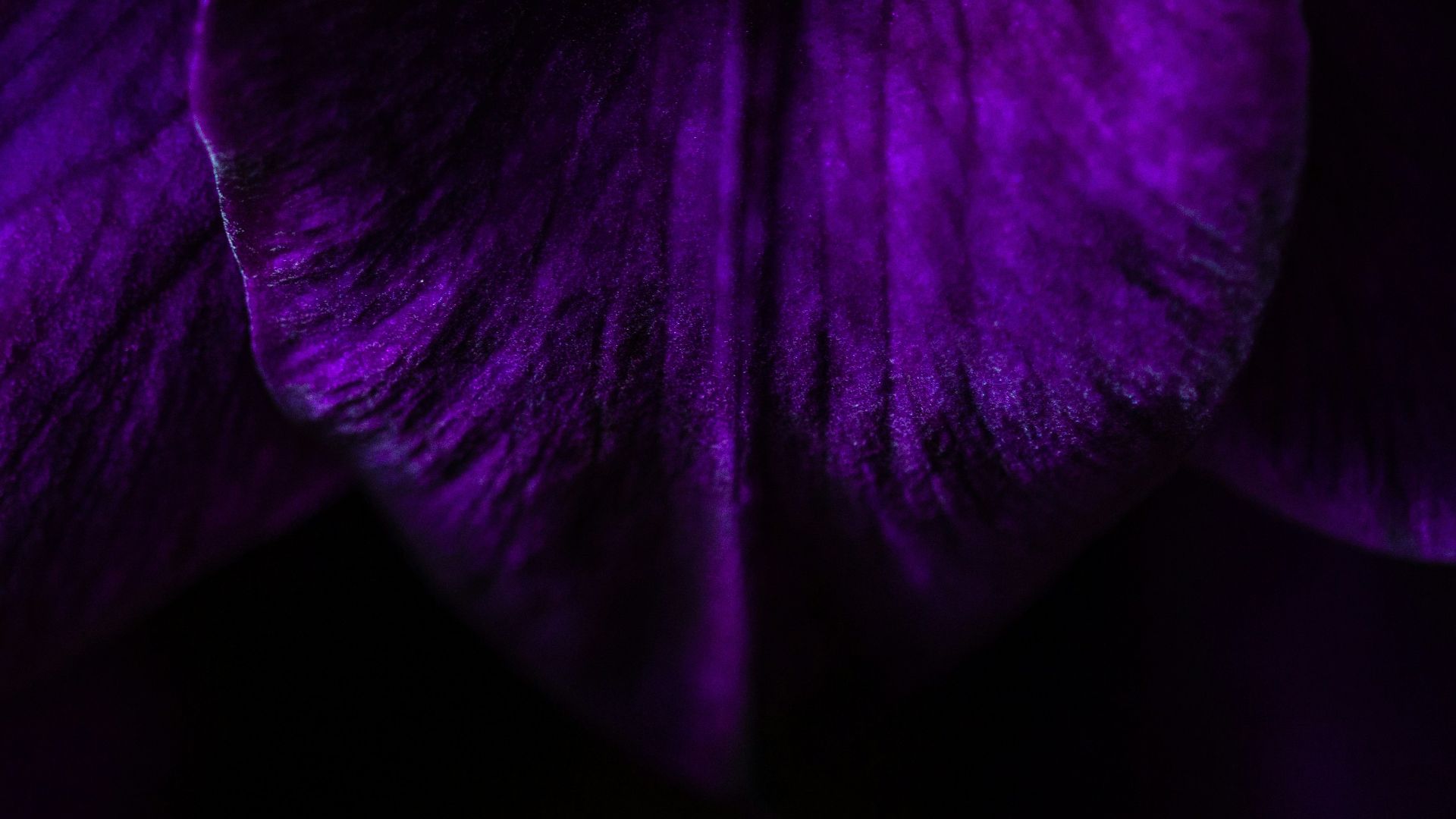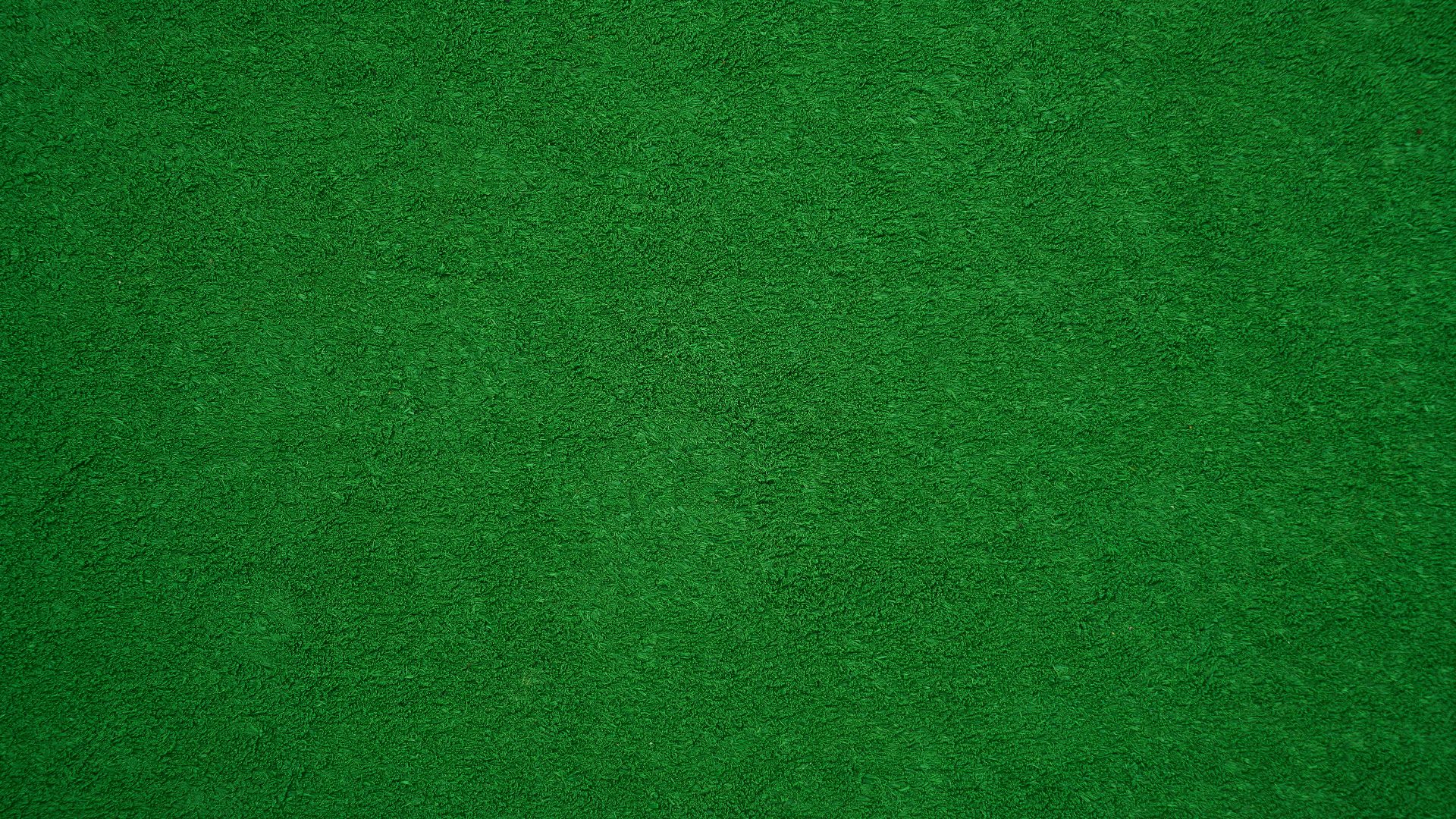Shhh… Listen To The Frequencies
Have you ever listened to rain noises to help you sleep? How about ambient forest sounds? Or a crackling campfire? Have you ever wondered if there’s something… more? Luckily for you, we have static! White noise machines send a constant, steady sound that contains all the frequencies humans can hear at once. They’re often compared to the sound of a fan, and they’ve become a staple in the sleep community. To figure out why, read on.
1. Sends The Brain A Signal
Studies have shown that listening to white noise increases our alpha brain waves, aka the waves associated with a relaxed, but aware, mental state. These waves are most often associated with meditation, reading, and creative pursuits.
2. Sets The Tone
Whether you’re on a busy city street or in the middle of nowhere, white noise can help decrease or increase sound within a room. It can help to block out any unwanted noises, but it can also keep you from listening to your own heartbeat in the dead of night.
3. Sleep Benefits
It may take some time for your brain to catch up, but if you turn on your white noise machine before bed, your brain will mentally flip to prepare you for sleep. This routine can help individuals fall asleep, especially if you’re someone who struggles with insomnia.
4. It Relaxes Us
While white noise increases our alpha brain waves, it decreases our beta waves. Beta brain waves are associated with anxiety and intense thought— important during the day, but not so much when you’re trying to wind down.
5. It Helps Us Stay Asleep
Listening to white noise through the night will help mask any disruptive noises. If something falls in the middle of the night, we jolt awake, our brain telling us we’re threatened. If you play white noise, however, there’s less of a chance for this to occur.
6. Improves Brain Function
If played at an appropriate volume, white noise can be just as helpful during the day as it is at night. White noise can boost our attention, accuracy, and creative output, and is effective in completing more intense tasks.
7. Helps With Memory
Similar to studies on how specific songs or chewing gum can help retain important information, white noise performs a similar function. Alongside its retention and recall capabilities, the consistent auditory environment allows the brain to concentrate better, allowing for easier retention of new information.
8. Keeps Us Focused
There’s a mechanism in our brains that studies have dubbed “stochastic resonance,” where a small amount of noise added to a neural system can improve signal detection. If you have ADHD or regularly find yourself lacking focus, it's possible that a small amount of stimulation from white noise can help maintain brain focus.
9. Can Help With Tinnitus
Sound therapists have started using white noise to help manage tinnitus. The constant ringing or buzzing in one's ears is masked by the frequencies made by white noise, which can reduce the intensity of the condition.
10. Can Help With Meditation
If it can keep us focused, block distractions, and reduce mental chatter, it comes as no surprise that white noise can also help with meditation. Using white noise while meditating makes it easier to focus on one's breathing, making for a more effective and relaxing practice.
1. Red Or Brown Noise
Brown noise is a deeper, more rumbly sound that focuses on lower frequencies. It’s often compared to the sounds of heavy rainfall, wind, crashing waves, or a jet engine, and is often used for focus, as well as sleep and relaxation.
2. Pink Noise
Pink noise sits between white noise and brown noise, reducing the intensity of higher frequencies without increasing the lower ones. It tends to be smoother-sounding, similar to steady rainfall.
3. Blue Noise
Blue noise focuses primarily on high frequencies, making it the direct opposite of brown noise. This frequency color has a sharp hissing sound and is often used by audio engineers to reduce noise patterns and signal distortion, often called “dithering.”
4. Violet Noise
Violet noise is a step up from blue noise, creating an incredibly high-pitched hissing sound. While many find it to be quite agitating, it also helps to mask other sounds and is often used to mask the ringing from tinnitus.
5. Gray Noise
Gray noise is similar to white noise, but allows us to hear all frequencies at the same volume level. This makes it a little bit more smooth-sounding than white noise, and is used by psychoacoustics for hearing testing, and to help those who struggle with insomnia and tinnitus.
6. Green Noise
Green noise emphasizes the mid-range frequencies, sounding smoother and more natural than white noise. It’s often compared to lapping ocean waves, gentle rain, or wind blowing through tree leaves. Thanks to its gentle disposition, green noise can help with relaxation and sleep quality.
7. Yellow Noise
Similar to green noise, yellow noise has a higher concentration of mid-range frequencies, making it sound more balanced than frequencies that focus on opposite ends of the spectrum. It sounds similar to that of a jet engine or a flowing stream, and is most commonly used to enhance concentration.
8. Orange Noise
Orange noise is an unnatural color, not actually occurring on the frequency spectrum. This particular color is a blend of brown and yellow noise, boosting mid-to-lower frequencies. It’s often used in sleep apps to help folks unwind or to alleviate anxiety.
9. Black Noise
So… technically, black noise is silence. It has a zero power level across all frequencies, except for a few bands or spikes unable to be perceived by the human ear. However, it still dampens surrounding sounds, making it an excellent choice for folks who don’t like the common frequencies but still need something to block out sound.
10. Velvet Noise
Velvet noise is a sparse, random frequency that uses short positive and negative pulses. This makes it very similar to white noise when the pulses come in quicker bursts, but is often described as smoother than the traditional frequency.
KEEP ON READING





